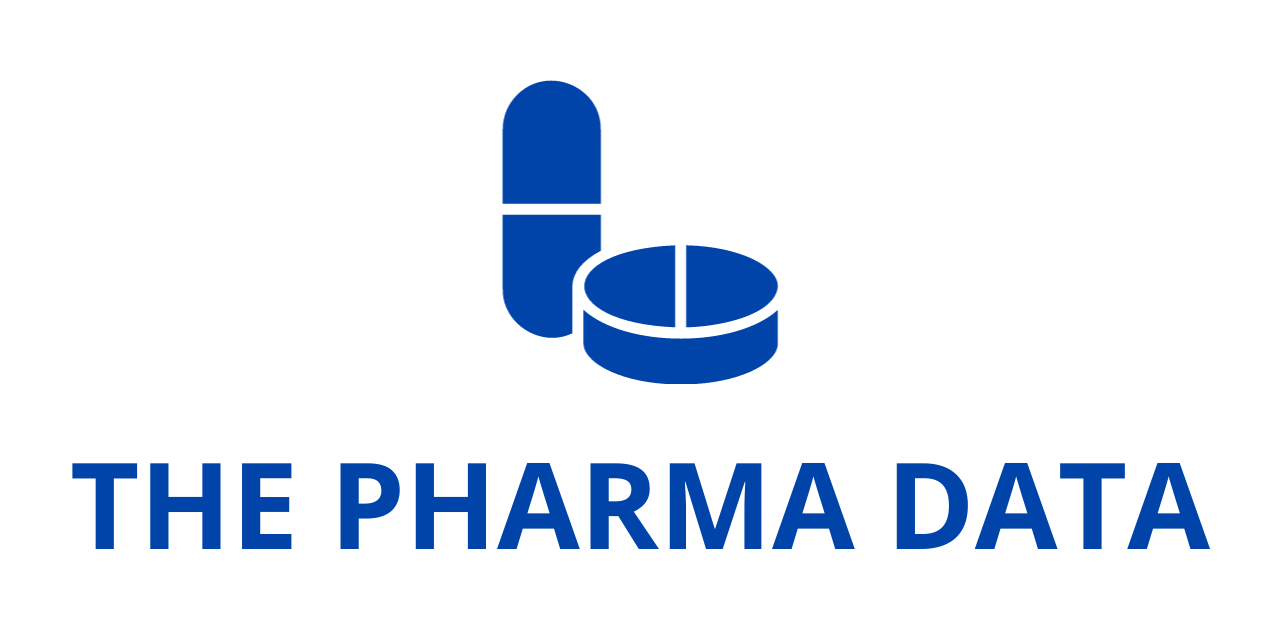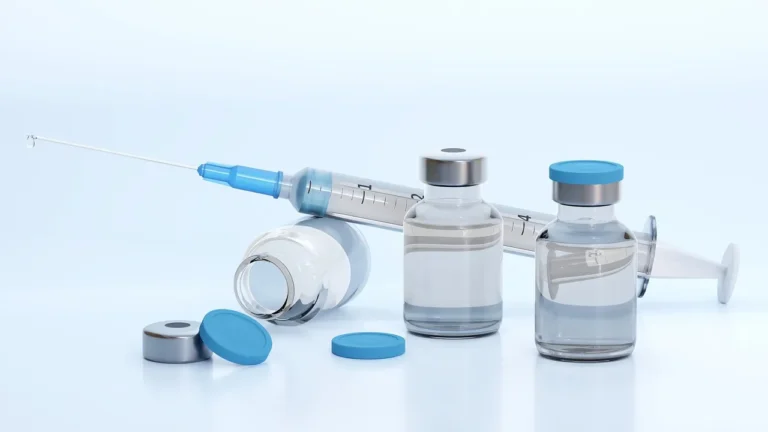
New findings underscore Cefiderocol’s efficacy and reliability in managing complex, multidrug-resistant bacterial infections.
- Latest analysis of U.S. real-world evidence demonstrates improved clinical outcomes when cefiderocol is used as earlier treatment
- Additional presentations demonstrate cefiderocol’s activity against difficult-to-treat pathogens, including those that are non-susceptible to other antibiotics.
Shionogi & Co., Ltd. (Head Office: Osaka, Japan; Chief Executive Officer: Isao Teshirogi, Ph.D.; hereafter “Shionogi”) presents new data at IDWeek 2025, demonstrating broad activity of Fetroja®/Fetcroja® (cefiderocol) across infection types and adult patient populations. Results from the PROVE (Retrospective Cefiderocol Chart Review) study showed the effectiveness of earlier appropriate cefiderocol use in real-world settings, while data from the SENTRY Antimicrobial Surveillance Program further demonstrated the susceptibility of a broad range of clinically significant Gram-negative (GN) pathogens to cefiderocol.1,2,3,4,5
Cefiderocol is an innovative siderophore cephalosporin for the treatment of seriously ill adult patients with complicated urinary tract infections (cUTIs) and hospital-acquired bacterial pneumonia and ventilator-associated bacterial pneumonia (HABP/VABP) caused by certain GN bacterial infections.6 See Fetroja U.S. full indications and important safety information below in the About Cefiderocol section.
PROVE is a five-year, international, retrospective, observational medical chart review study, conducted between November 2020 and July 2024 in >1000 patients in the U.S. and EU.1,2,7,8 The study is designed to evaluate the effectiveness and safety of real-world cefiderocol use in adult patients with serious infections caused by GN pathogens, the majority of which were resistant to carbapenem antibiotics.7
The analysis of the U.S. cohort of the PROVE study assessed clinical cure rate (defined as resolution or improvement of signs or symptoms with no subsequent signs of relapse or mortality) in mostly seriously ill patients treated with cefiderocol.2 In the study, 57.3% of patients were in the intensive care unit and 47.6% were receiving organ support (such as mechanical ventilation or use of vasopressor medication) at cefiderocol initiation.2 The overall clinical cure rate for infections across different infection sites was 70.1%.2 Clinical cure rate was 73.7% among patients who received cefiderocol before the causative bacteria had been identified (empiric treatment), while the clinical cure rate was lower (54.3%) when cefiderocol was used as salvage therapy.2
Real-world studies like PROVE build on the insights of controlled clinical trials by showing how therapies perform in real-life clinical settings against the difficult-to-treat infections patients currently face in the U.S.,” said Cornelius (Neil) Clancy,MD, Professor of Medicine, University of Pittsburgh. “These results demonstrate that cefiderocol effectively treated seriously ill patients with a range of GN pathogens across multiple infection sites, particularly when used earlier in the treatment course – even before identifying the causative bacteria when appropriate risk factors exist. This finding can help guide clinical decision-making for these patients and meaningfully improve care.”
The analysis included 508 patients in the U.S. with serious infectionss caused by GN bacteria who received cefiderocol for the first time and for at least 72 hours (median of 10 days).2 Respiratory tract infections were the most common infections (53.5%), followed by skin and skin structure infections (14.6%) and bloodstream infections (9.3%).2 Cefiderocol was effective across a range of serious infections caused by GN pathogens; the most frequent monomicrobial infections observed were from Pseudomonas aeruginosa (29.9%), Acinetobacter baumannii (21.7%), Enterobacterales (11.4%), and Stenotrophomonas maltophilia (4.9%).2 Cefiderocol was also effective across polymicrobial infections, which represented 29.9% of infections in this analysis.2
Additional analyses from the PROVE global cohort demonstrate cefiderocol effectiveness against serious and difficult-to-treat infections3,4
Cefiderocol effectiveness against bloodstream infections (BSIs) was examined:
BSIs are the leading cause of mortality from infection.9 In a separate analysis from the real-world PROVE study examining 1,075 patients worldwide, BSIs were reported in 226 patients.4,8 In this analysis, 5.3% of patients were in the intensive care unit and 46.0% were receiving organ support.4 Patients were infected with a range of pathogens, including Pseudomonas aeruginosa, Enterobacterales, Acinetobacter baumannii, and Stenotrophomonas maltophilia, which are typically associated with poor clinical outcomes.4 Results showed that cefiderocol treatment led to a 63.7% overall clinical cure rate in patients with BSIs.4 Clinical cure rates were higher when cefiderocol was used as empiric treatment (72%), defined as treatment before the causative bacteria had been identified, and were lower when cefiderocol was used as salvage therapy.4 Please see U.S. indications and Important Safety Information for cefiderocol below.
Cefiderocol was effective in treating bacteria not susceptible to beta-lactam–beta-lactamase inhibitor (BL-BLI) combinations:
Additional real-world data from PROVE showed that cefiderocol is effective against bacteria that are both susceptible (clinical cure rate: 70.5%) and non-susceptible (clinical cure rate: 70.2%) to newer BL-BLI combinations.3 Non-susceptible bacteria were defined as resistant or intermediate to at least one BL–BLI tested.3 In a real-world setting, BL-BLI non-susceptible infections showed a low rate of cross-resistance to cefiderocol, with 90.6% remaining susceptible, a finding further supported by SENTRY Antimicrobial Surveillance Program data presented at IDWeek.3,5
SENTRY Antimicrobial Surveillance Program further demonstrates cefiderocol activity against a broad range of clinically relevant Gram-negative pathogens and show susceptibility remains high five years after cefiderocol commercialization1,5,8,10
The SENTRY Antimicrobial Surveillance Program monitors pathogen prevalence and antimicrobial susceptibility patterns worldwide.10,11 Surveillance programs like SENTRY track how bacterial resistance evolves over time and across regions, offering critical early warning of emerging strains and helping guide clinical treatment decisions.10,11,12
Cefiderocol was active against bacteria not susceptible to BL-BLI combinations:
In vitro* data from the SENTRY Antimicrobial Surveillance Program further support that cefiderocol is highly active against bacteria not susceptible to BL-BLI combinations.5
“Bacterial isolates collected from SENTRY were examined to determine their susceptibility to multiple antibiotics, including BL-BLI combinations and cefiderocol. This analysis identified isolates that were resistant to BL-BLI combinations, a serious threat to public health, but remained susceptible to cefiderocol,” said Marianna Castanheira, PhD, FIDSA, FAAM, Chief Scientific Officer, Element Materials Technology. “These results show that pathogens which showed cross resistance to multiple BL-BLI combinations remained susceptible to cefiderocol. It is encouraging to see that cefiderocol remained active against these bacteria of serious concern.”
Cefiderocol was active against metallo-beta-lactamase (MBL)-carrying A. baumannii:
In vitro* data from SENTRY also showed cefiderocol as one of the few agents tested which demonstrated activity against MBL-carrying A. baumannii, a class of bacteria that has become highly resistant to multiple antibiotics, and for which treatment options are limited.1
Microbial susceptibility to cefiderocol remained high after 5 years:
In vitro* data from SENTRY from 2020 to 2024 demonstrated consistent high susceptibility for cefiderocol against GN bacteria, including carbapenem non-susceptible bacteria, since the EU and U.S. approval of cefiderocol, with the high activity of cefiderocol maintained over the five-year period.10





